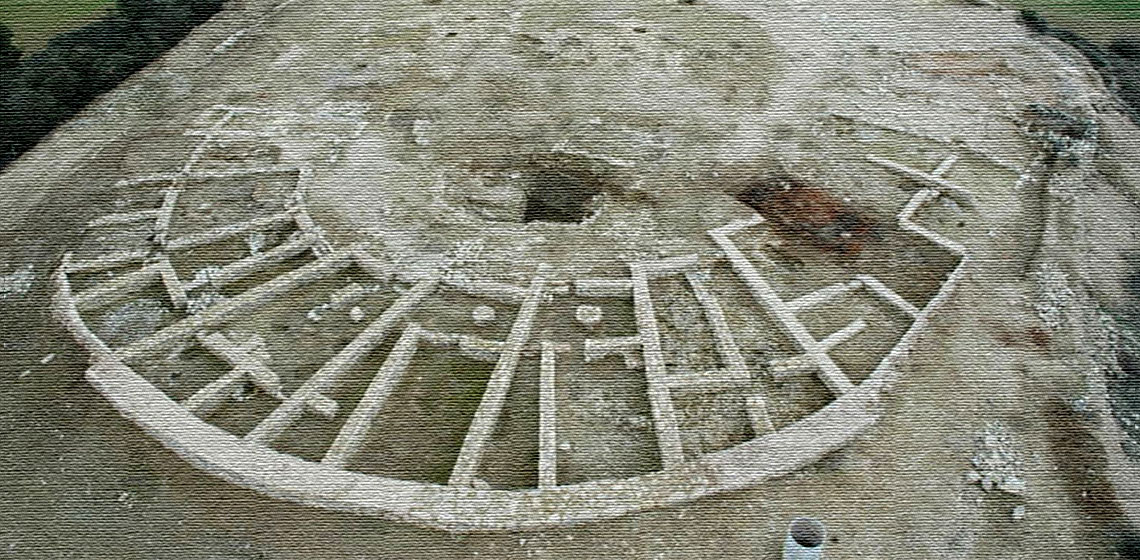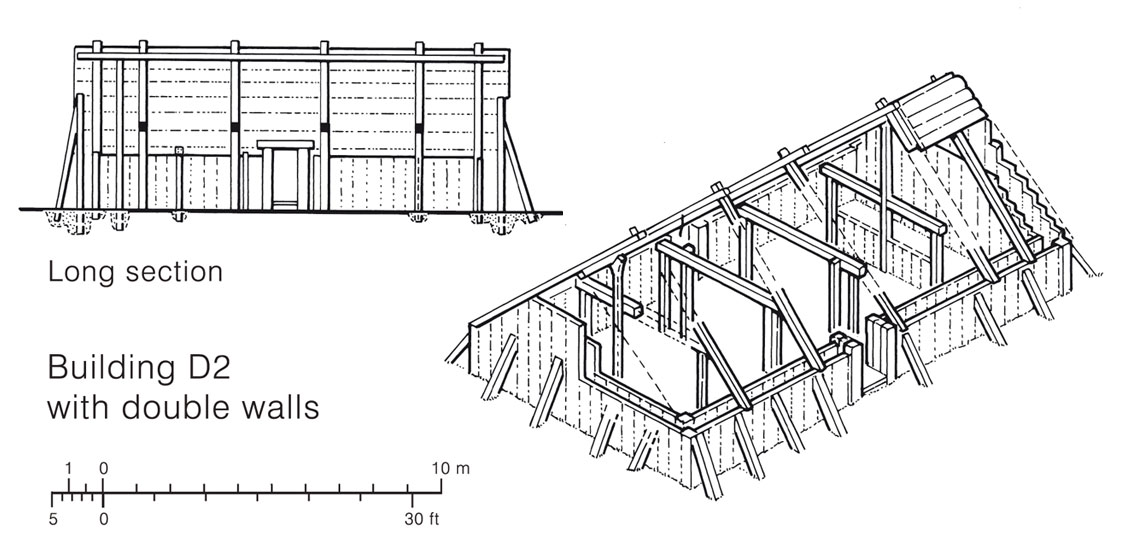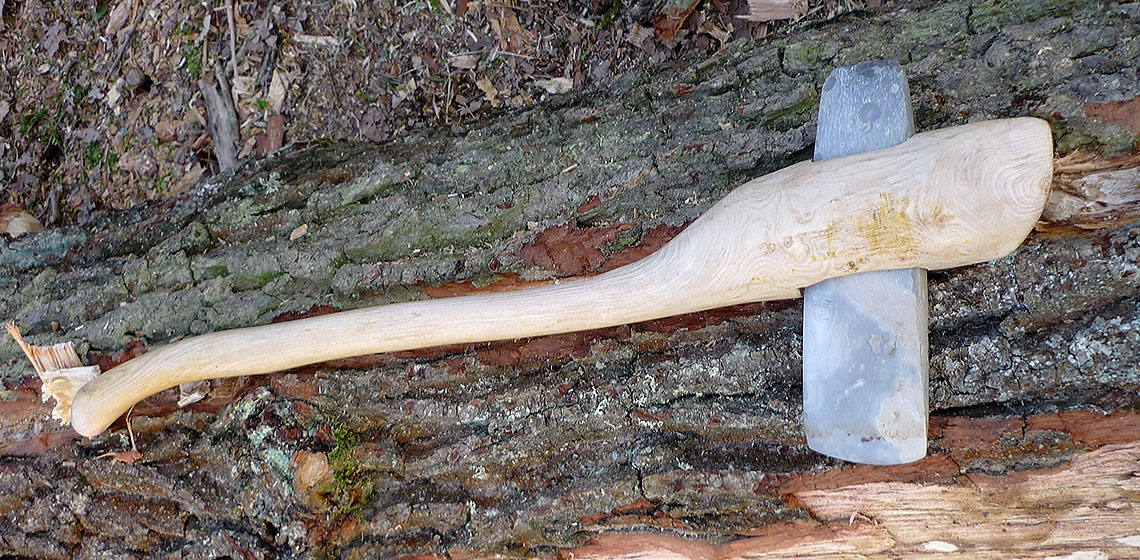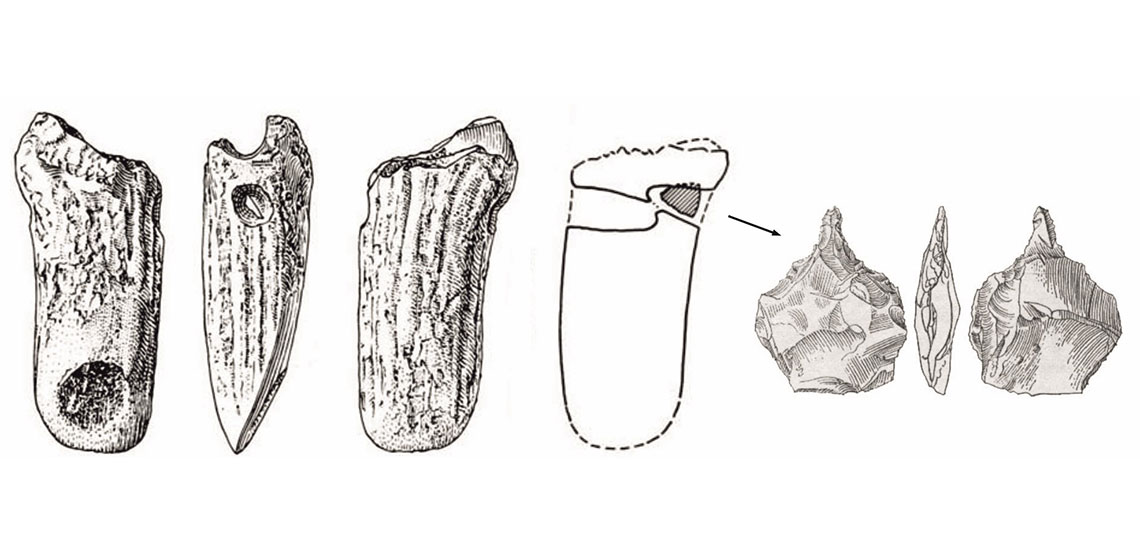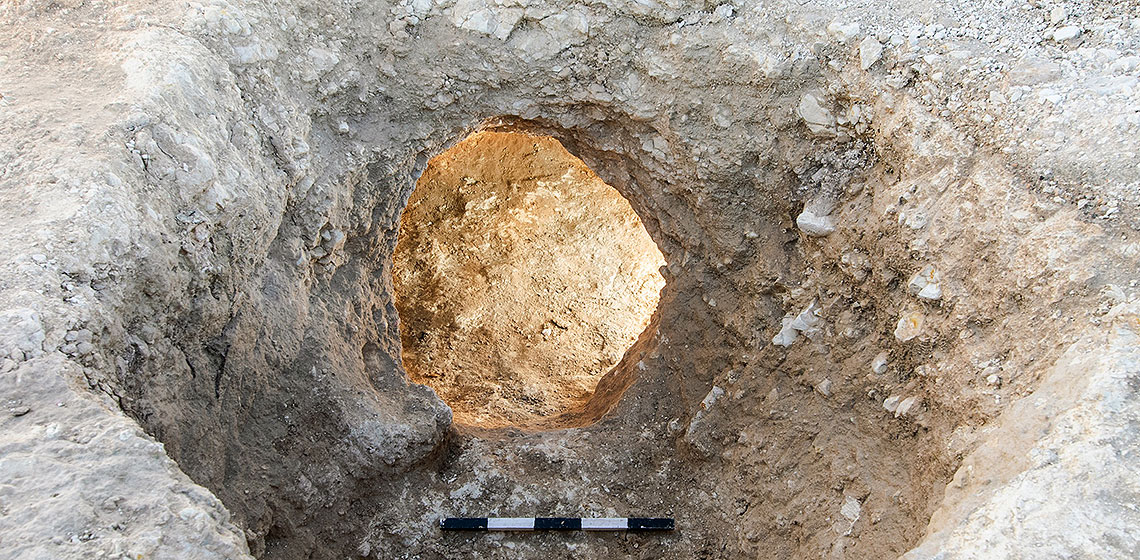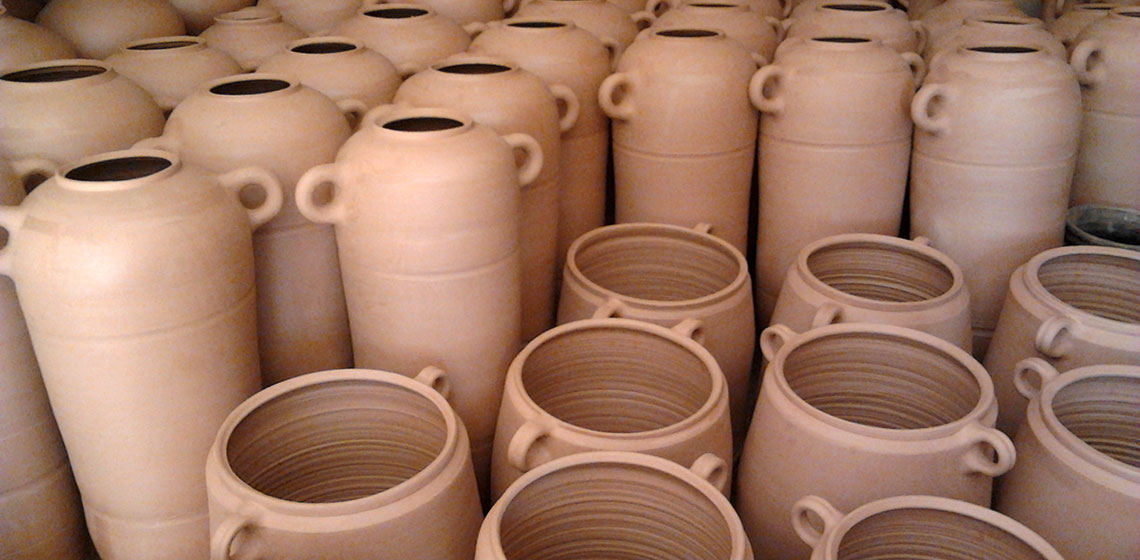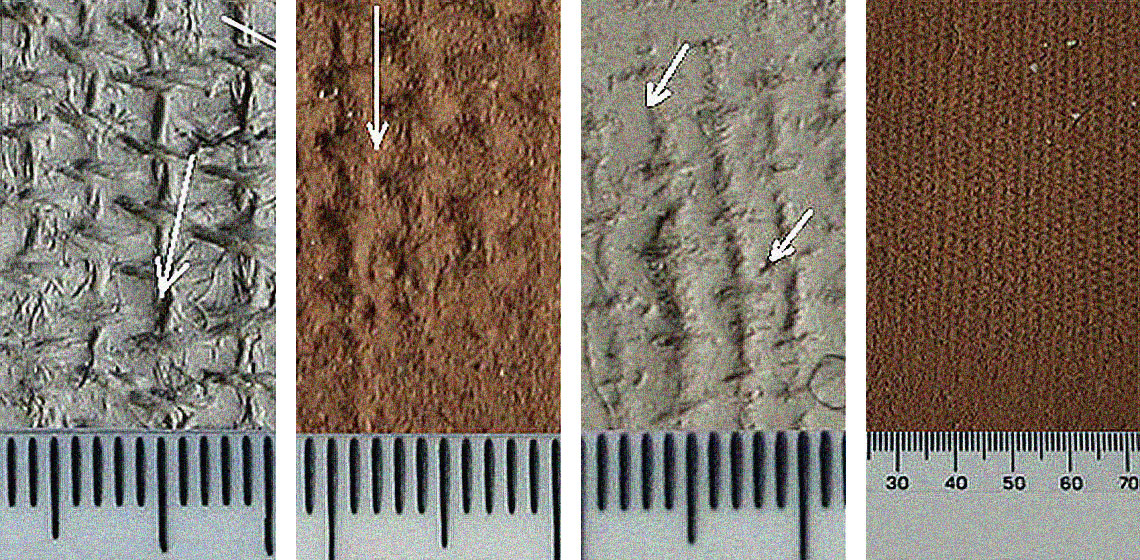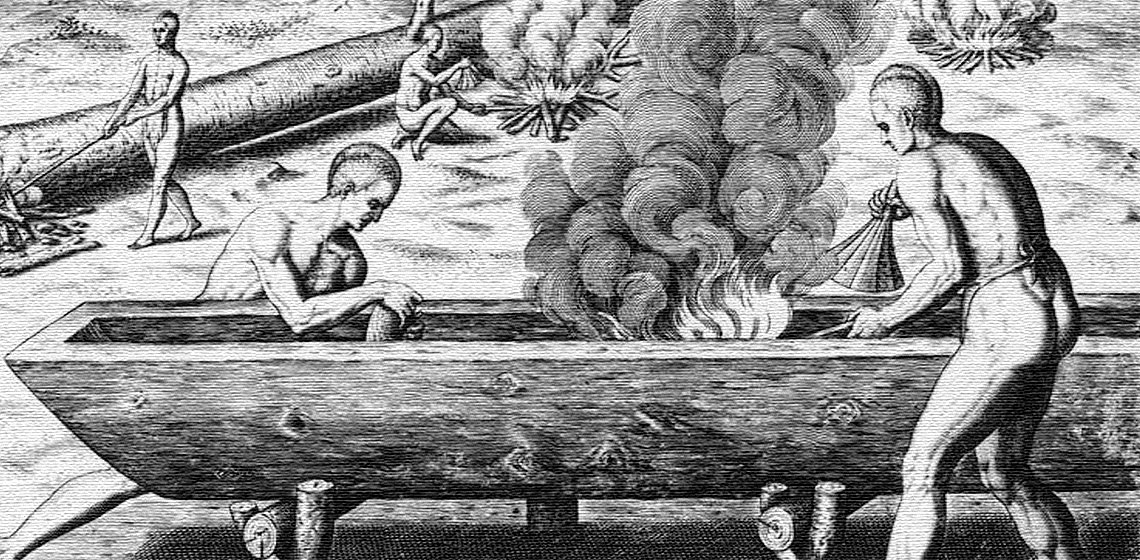Experimental Archaeology
Yeavering Reconsidered
1987 ESF Proceedings
The 1980s was the beginning of a boom in the construction of archaeologically inspired buildings inside and outside archaeological open-air museums.
***Brian Hope-Taylor’s report (1977) on his excavations at Yeavering was received with a unanimous fanfare of approval from reviewers...
Field Trials in Neolithic Woodworking – (Re)Learning to Use Early Neolithic Stone Adzes
***Excavations of several Early Neolithic wells with excellent preservation of the wooden lining in the past years have made clear that Stone Age woodworking already attained a very high level of perfection. This poses the question how it was possible to execute this type of work with the means available at that time...
How Did They Drill That? – A Few Observations on the Possible Methods for Making Large-sized Holes in Antler
Two Reconstructions of Prehistoric Houses from Torun (Poland)
Get into the Grave: Notions of Community Social Identity in a Late 3rd Millennium Site, Derived from an Experimental Carving of a Shaft Tomb at Ramat Bet Shemesh (Israel)
The Iron Age Iberian Experimental Pottery Kiln of Verdú, Catalonia, Spain
An Experimental Comparison of Impressions Made from Replicated Neolithic Linen and Bronze Age Woolen Textiles on Pottery
The Prometheus Project
***The Prometheus Project was an experimental archaeological investigation carried out at Butser Ancient Farm, Hampshire, England, into prehistoric logboat building techniques. The project focused on exploring the use of fire in building logboats...
Investigating the Influence of the Kettle Material on Dyeing in the Industry of Pompeii
***Dyeing, especially in bright, intense colours, has been one of the methods used to embellish textiles and add to their value. A considerable dyeing industry can be shown to have existed in Pompeii. The city of Pompeii was destroyed in a volcanic eruption in AD 79, but its remains were preserved in situ...

